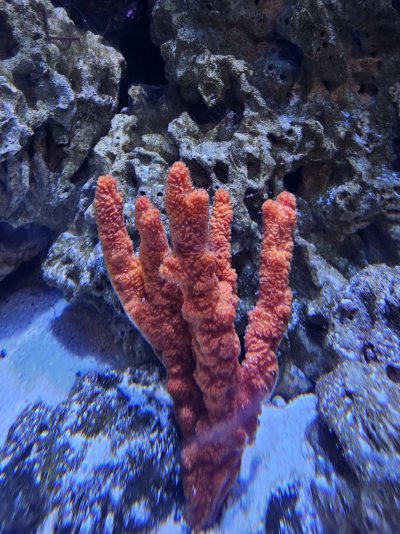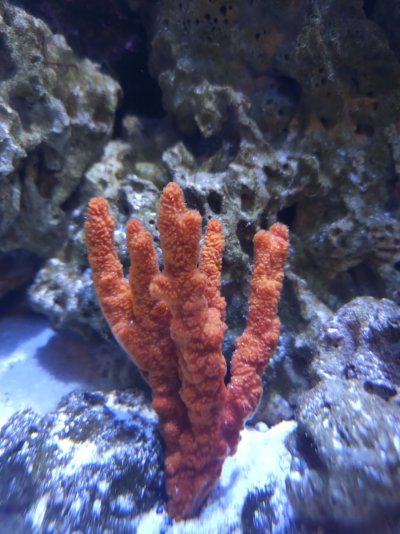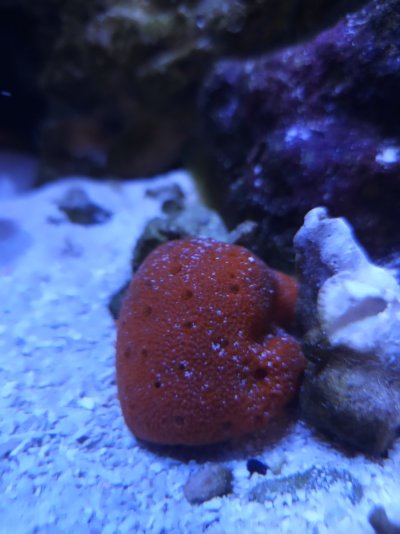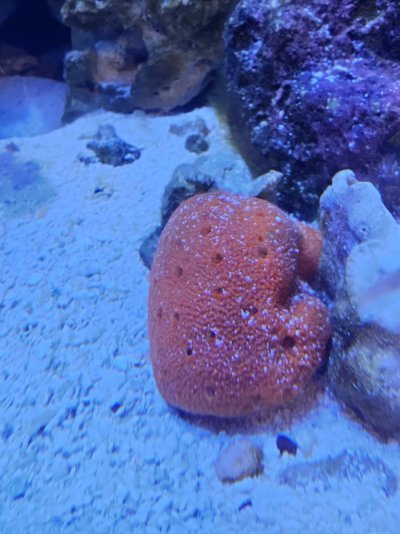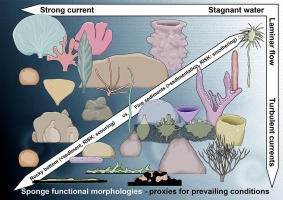- Joined
- Feb 16, 2018
- Messages
- 91
- Reaction score
- 50
Hello everyone. I purchased a red tree sponge and red ball sponge a week ago and wanted to know if anyone has any tips for keeping these guys. I know they are notorious for not doing well. I wanted to try keeping them for the first time. I feed small amounts of phyto and spirulina that i mix into the mysis shrimp i feed my fish everyday. They seem to be doing good but just wanted to see if anyone can tell me if they look good and what i can do to increase their health. Thanks!
